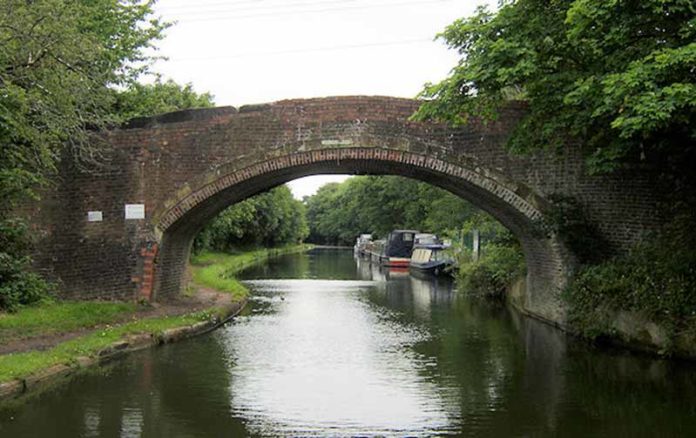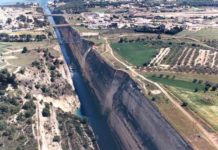Europe may not have been the first area of the world to use canals, but they embraced the idea of canals and developed them into a profitable and effective means of transportation.
The First European Canal
The Naviglio Grande, near Milan, Italy, was built in 1177. It was the first canal in Europe and one of the largest engineering projects undertaken in Medieval Europe. Its success in developing agriculture and commerce ensured there would be more.
German Canals
The Stecknitz Canal, built in Germany in 1398, connected the Stecknitz and Devenau. It used 17 wooden locks along its 94 km. length. It was Europe’s first summit level canal.
The Germans built many canals, particularly during the 17th and 18th Centuries when the Elbe, Oder and Weser were linked by canals.
French Canals
The Briare Canal, built in France in 1642, connected the Loire and Seine. Maximilien de Bethune developed the canal with the support of Henry IV as a way to increase the transport of grain and reduce food shortages. It took between 6,000 and 12,000 men working over 38 years to build the canal. It is the first European canal to use pound locks.
The Langeudoc Canal runs from the Atlantic Ocean to the Mediterranean Sea. It opened in 1681 and is 180 miles long 114 locks. The canal also has a 720 foot long tunnel and aqueducts over rivers.
British Canals
The first British canal is the Exeter Canal, built in 1563. When weirs across the Exe River cut off the city from river traffic, it took centuries to restore the river trade. The canal bypassed the weirs and allowed boats to once again reach Exeter, according to the London Canal Museum.
The first modern canal was built in the late 1700’s by the Duke of Bridgewater from the Worseley Mines to the Mersey. It was the first canal to use puddling, which is a watertight clay lining in the canal. It was eventually adopted for all canals to better retain water.
Russian Canals
Peter the Great was a supporter of canals and sought to connect Russia’s navigable rivers by canals.
The Kiel Canal opened in 1785 and connected the North and Baltic seas with six locks. The channel was 100 feet wide at the top and tapered to 54 feet. It was 10 feet deep and could transport ships up to 120 tons.
In 1653, the Thames and Guildford were connected by the Wey Navigation. It crossed 7 miles with 10 locks and 4 weirs.
Why Canals Were Popular
Canals could transport more goods quicker than a wagon or handcart. They are considered an essential part of the Industrial Revolution, which coincided with the Golden Age of Canals from 1760-1840. Canals could provide factories with coal to run on; stone, iron and copper to build on; lime, sand, manure to create with and agriculture products to feed a factory workforce.
The beginning of the end for canals was the creation of railroads, which were easier to build and ultimately more dependable.








